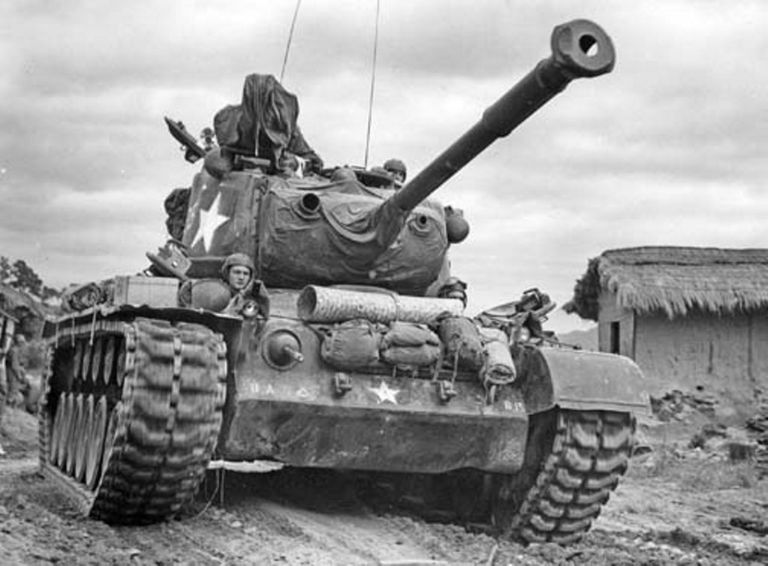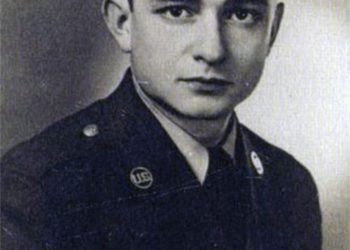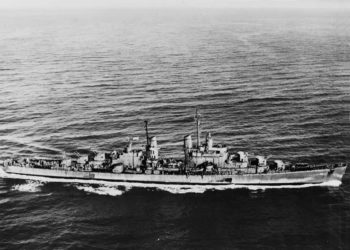Pershing 1945: First Blood in Europe. When the Americans entered the war on the European theater, their most numerous tank was the Sherman. However, it was not originally designed for tank-on-tank combat. Its low velocity 75mm gun was optimised for infantry support.
The Sherman field manual counted 142 pages but only one page and 4 diagrams were devoted to tank-on-tank engagement. In Normandy, the allies lost an estimated 2,600 to 3,600 tanks, all types and nations included. Nevertheless, only 55% of the losses were attributed to gunfire (tanks and AT guns), the rest being attributed to mines, Panzerfausts and Panzershrecks. Furthermore, the Sherman was good enough to take on the German workhorse: The Panzer IV. Finally, the Germans were retreating, the allies were advancing and the US was producing Shermans faster than the Germans could knock them out! So nothing changed… (The Brits, however, equipped their Shermans with a 17 pounder gun optimised to take on armour).
Fast forward to the end of 1944 and the allies were massing along the German border… And out of nowhere, the Germans counterattacked, sparking the beginning of what would end up being called the Battle of the Bulge. It did not last long: Only 6 weeks, or so. But it proved to be one of the bloodiest battles of the war for the Americans. And it cost the US Army 733 tanks! Two decisions were taken there and then: Uparmour and upgun the Sherman as well as bringing 20 T26E3 (M26 Pershing) to Europe for evaluation.
The M26 Pershing was a heavy tank born out of the necessity of adapting the American Army anti-tank doctrine and tactics: Up until 1944, tanks were supposed to support infantry while dedicated Tank Destroyers would take on enemy tanks. It did not always work as more often than not, American tanks found themselves confronted by German armour without any support from dedicated TD’s. The Pershing, with its (up to) 102mm or armour and 90mm gun was deemed capable of dealing with any current and future German machines. The Pershings performed well and while they arrived in Europe too late to make a real difference, they still managed to knock down a Tiger and a couple of Panthers as well as several Panzer IVs. They also took part in the Battle of Remagen.
Out of the 20 M26 deployed, only one was lost and two were damaged…
On the 6th of March 1945, a Nashorn scored the only recorded kill of the war on a Pershing. It was hull down and opened fire at 300 meters. It was unfortunate as the Nashorn was usually deployed on the Eastern Front. The guys in the Pershing never saw it. The 88mm gun was aimed at the tank’s lower glacis and the shell slammed into it, passing between the driver’s legs and setting fire to the ammunition stored in the turret basket. The crew bailed out and the ammo cooked off. The tank was a write off.
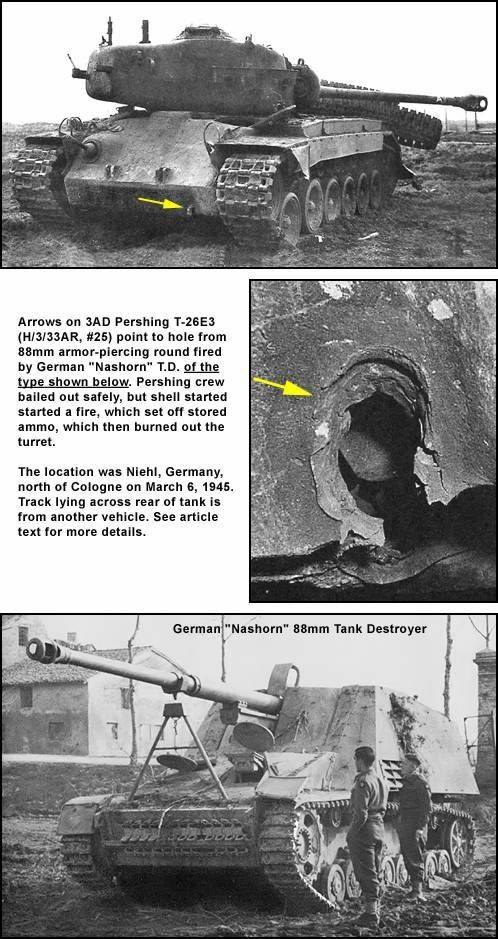
The Nashorn was equipped with an 88 mm Pak 43/1 L71 gun: The most powerful anti-tank gun of WWII: 200mm of penetration at 100 meters. Still capable of punching through 132mm of armour at 2km! Nashorns scored kills on T-34 at over 3km on the Eastern front! The Nashorn had a high profile, an open top and no armour. So it was very vulnerable to enemy fire, air attacks and artillery. However, Its gun often enabled it to open fire on enemy armour from stand-off ranges, way beyond the operational envelope of most tanks it encountered.
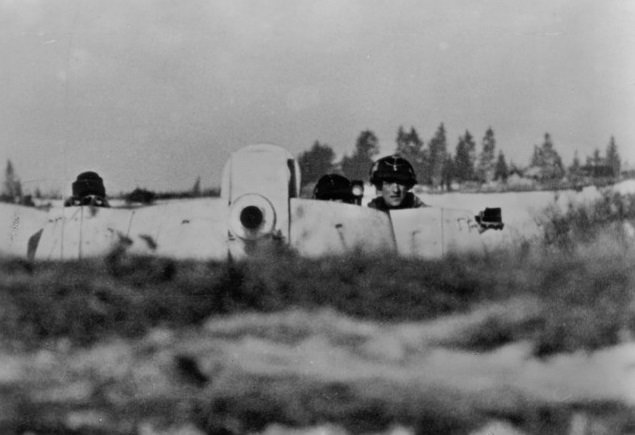
On the 25th of February 1945, a Pershing was ambushed by a Tiger. The Tiger crew remained concealed and opened fire at 90 meters, firing 3 rounds in quick succession. The first round penetrated the turret through the coaxial port, killing both the gunner and the loader. The second round hit the gun barrel, destroying the muzzle break. The third round missed the commander’s hatch (and the commander’s head) by mere centimeters, tracing a grove on the turret instead. As the surviving crew members of the Pershing bailed out, the Tiger crew backed up out of their ambush position and got their tank stuck (It was dark). They also ended up bailing out and abandoned it. That Pershing was back into service within weeks of the incident.

For more info on the Tiger tank, follow this link: https://defensionem.com/tiger-tank/
The third Pershing damaged was disabled by a German field gun, but was subsequently repaired.
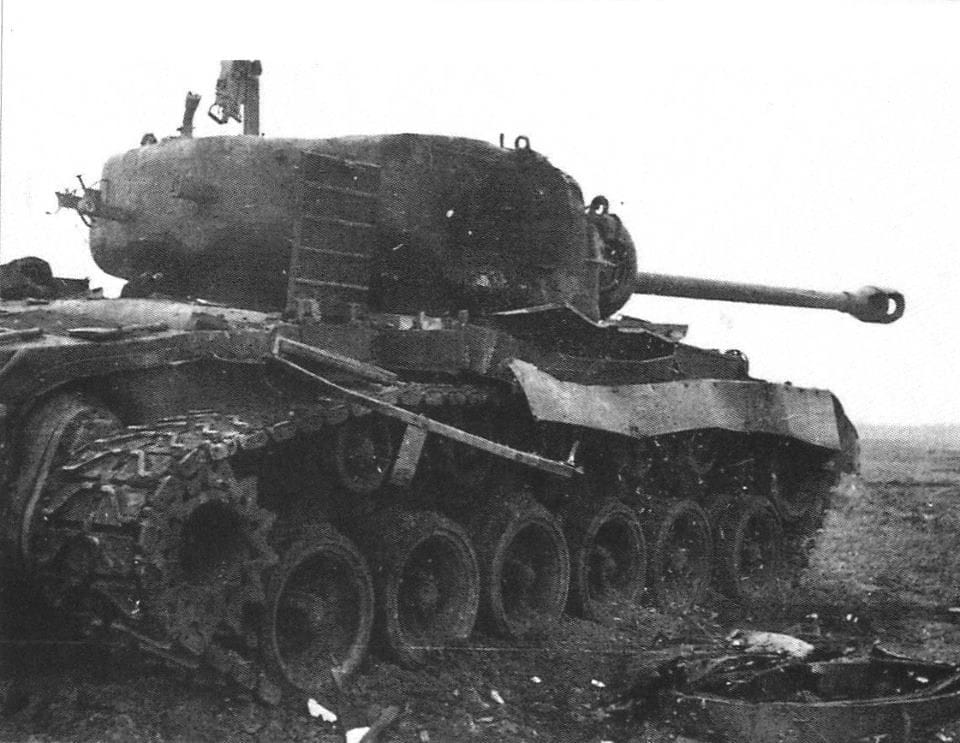
The Pershing crews loved its 90mm gun and armour. However, the design had some teething problems and was somehow unreliable as a result… 5 years later, Pershings would see combat again, this time in Korea, where they outmatched the T-34-85… It was nevertheless withdrawn from the front fairly quickly as its mobility suffered in the muddy and mountainous Korean landscape.
